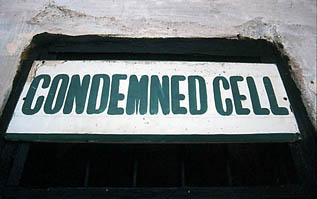It can be tough to say you're from Michigan and have people give you the "Awww, that's too bad" look. Even worse, when I say I'm from Detroit, like most people in southeastern Michigan do as a convenient type of shorthand geographic placement, that person may take my hand, help seat me and offer me an aspirin. A little bit over the top, but reality is reality.
According to the
University of Michigan-based Research Seminar in Quantitative Economics in a
report this week, Michigan could loose almost 311,000 jobs in 2009. For the ten year span beginning in 2000, Michigan will have lost 950,000 jobs as the manufacturing base fades. Unemployment? Could reach 16% in 2010. Sort of leaves you gasping for breath, even here in Ann Arbor, home of the University of Michigan and probably the best-off Michigan city.
The hurt extends everywhere. Photography is often one of the first things jettisoned when a company or family starts feeling the pinch. The car industry weaves tentacles into every business, from parts manufacturers to restaurants to hospitals, where all those non-emergency operations can wait, to the local mall, where that new pair of pumps and scarf remain just a dream. The family takes their own photo instead of heading to the portrait photographer. Union and car company magazines stop publishing. Marketing budgets get leaner, and drop photos altogether.
On the flip side, more people than ever are entering the photo business, perhaps 10 to 20% per year. Art schools keep pumping out graduates. The advanced amateur decides to make a little extra money by shooting school portraits. The digital revolution has made it so much easier to get decent photos, and 'good enough' is the mantra. It's plain, brutal economics. Too many photographers chasing too few customers. Of course the ranks will thin. Those without sterling business practices will fizzle, and only the most committed and talented will struggle through to the other side of this recession.
The revolution will continue for quite a while I fear. Digital changes photography. Video evolves into a motion/still hybrid. The internet changes delivery and advertising of images. Who knows what will follow.
Pretty exciting. Or excruciating. Depends on where you sit. As a 31 years photo veteran, I'd have to say it's an intense, harrowing ride. See you on the other side.



